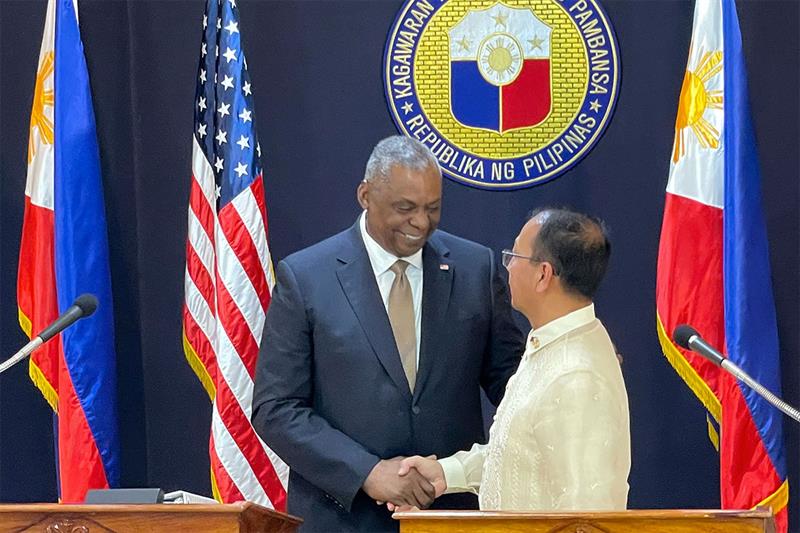The Philippines against its will may become a staging ground for military action against the PRC.
In early May of this year, Philippine President Ferdinand Marcos Jr. made an official working visit to the United States, where he held talks with his American counterpart Joe Biden. The meeting resulted in a joint statement in which the U.S. president reaffirmed his unbreakable commitment to the alliance with Manila and emphasized Washington’s willingness to come to the aid of the Philippines in the event of an armed attack on the republic.
A document released by the White House notesthat an attack on Philippine armed forces, civilian vessels or aircraft in the Pacific Ocean, including in the South China Sea (SCS), would bring into effect U.S. mutual defense obligations under the 1951 bilateral treaty with the Philippines. It declares the intention to firmly ensure freedom of navigation in the SCS and flights in the airspace above it.
It does not require deep analysis to understand against whom U.S. military cooperation with the countries of the region is directed. More precisely, whom they “demonize” and provoke by such statements, at the same time surrounding with a belt of forward-deployed military infrastructure. This, of course, is China.

Despite such resounding assurances from Washington, its real willingness to send American soldiers to die for the interests of the Philippines or Japan, to which the White House has vowed protection in the event of a military attack by the PRC, is highly questionable. As the situation in Ukraine clearly demonstrated, the Americans prefer safer and less costly methods, such as proxy warfare – at the hands of their satellites, without regard for their human and material losses.
Probably it is no mere coincidence that Philippine President Marcos, already on board the plane on his way to the United States, tried to anticipate the outcome of this trip by saying that Manila would not encourage any provocative actions by other countries with its involvement and would not allow the use of its territory as a staging ground for any military activities. However, the White House either did not hear this cry of the heart or did not pay any attention to it. As a result, against its will, the Philippines is step by step becoming a springboard for the deployment of U.S. forward-deployed military infrastructure in close proximity to China’s borders.
For example, this February, Washington obtained permission from the Philippines to allow U.S. military forces access to four new military bases on the territory of the republic. Previously, under the 2014 Bilateral Enhanced Defense Cooperation Agreement, the U.S. military could move through five Philippine bases, including those near disputed waters with China in the SCS. Now they have access to at least nine military facilities. It is important to bear in mind that such actions of the Americans to prepare a proxy war against China from the territory of their allies, leading to an increase in the direct military threat to China, are unlikely to remain without an equal response from Beijing and the PLA.














Comments